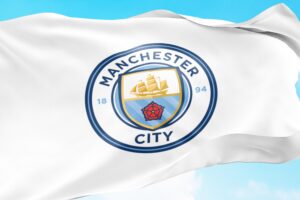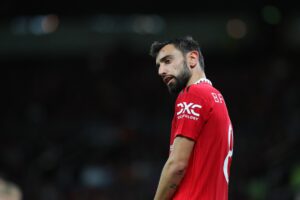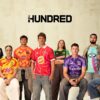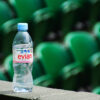Richard Scheer on Verizon’s soccer sponsorship strategy and the 2026 FIFA World Cup
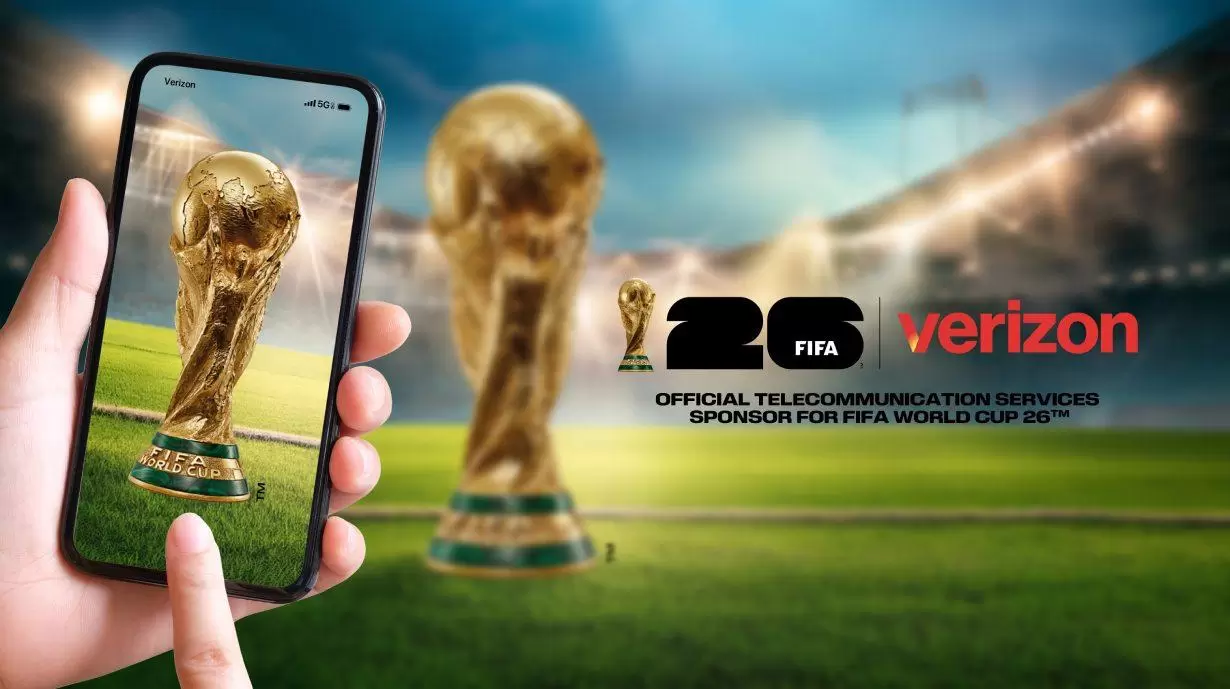
With fan growth surging and the 2026 FIFA World Cup on home soil, Verizon is positioning itself at the heart of US soccer’s commercial future.
In a country long dominated by the NFL, NBA and MLB, soccer is emerging not just as a growing sport but as a valuable platform for brands. And for Verizon, one of the United States’ biggest advertisers, that growth presents a rare opportunity to reach a new, young, and increasingly engaged audience.
“It’s time to stop asking if soccer is growing in the US. It is, and we have the data to prove it,” said Richard Scheer, Senior Sponsorship Manager at Verizon, speaking at a recent Nielsen webinar on the future of soccer sponsorship in North America.
The numbers are compelling. According to Nielsen, the United States now has the fourth-largest soccer fanbase globally, with 62 million fans, twice the number seen in many major European markets. More importantly for sponsors, these fans are young, affluent, and receptive to brand messaging: 76% are Gen Z or Millennials, and over a third have a household income of $100,000 or more.
Nielsen’s Kayla Ramiscal described the mix of size, value and growth in US soccer that makes the next two years a pivotal period for the sport in the region.
The Verizon strategy
While Verizon has long been a cornerstone NFL sponsor, Scheer explained that soccer offers something the NFL cannot: access to a new and different audience. “Data shows that around 40% of World Cup fans aren’t NFL fans. So soccer gives us a vertical that opens up fresh conversations,” he said.
Verizon’s approach is multi-tiered. Local MLS partnerships build retail traffic and community presence. National campaigns, especially around international tournaments, build brand equity at scale. And the upcoming World Cup in 2026, set to be hosted across 16 cities in the US, Canada, and Mexico, presents what Scheer called “literally the biggest sporting event in history.”
“The World Cup is like 104 Super Bowls over 39 days,” he said. “It’s a huge opportunity. And one we may never see again.”
A data-led approach
Key to Verizon’s soccer strategy is data. The company works closely with Nielsen and other partners to understand how, when, and where fans engage and how best to meet them.
Scheer pointed to Nielsen’s fandom geography maps and performance benchmarking as essential tools in evaluating how deeply to activate in each market. “Dallas versus Chicago, both are big soccer cities, but only one is hosting World Cup matches. We have to know where to double down,” he said.
Measurement is equally rigorous. Verizon assesses both media value and earned media, compares results across verticals, and feeds insights back into broader brand lift studies. “It’s not just about soccer, we use this data to compare ROI across all our partnerships, whether that’s NFL, NHL, music or beyond.”
Building for 2026 and beyond
The 2026 World Cup will be a test of endurance as much as excitement. With matches across 11 US cities and fan activations running almost continuously for over a month, brands will need to maintain energy and engagement throughout.
Verizon plans to scale up learnings from its Super Bowl activations—where it staged simultaneous fan fests in over 30 markets—to build a nationwide presence during the tournament. But Scheer admits it will be a different kind of challenge. “The World Cup has no peaks and valleys. Once it starts, the energy stays high. We have to be ready to meet that.”
Still, the long-term goal is clear: deepen fan engagement to build lifelong customer loyalty. “For us, this isn’t just about impressions. It’s about creating lasting value, building brand affinity that lasts long after the final whistle.”
According to Cory Bildstein, Head of Partnerships at the MLS, the league experienced double digit growth last season and welcomed the highest number of fans in football stadiums behind the Premier League. Lionel Messi gave the MLS a significant boost but that is set to be a drop in the ocean when compared to the millions of fans expected to emerge or increase their interest in the next 18 months. Brands like Verizon are leading the charge. The question now is: who’s else is ready to capitalise?
Register here for a free account with The Sponsor and access more practical tips and expert insights.


